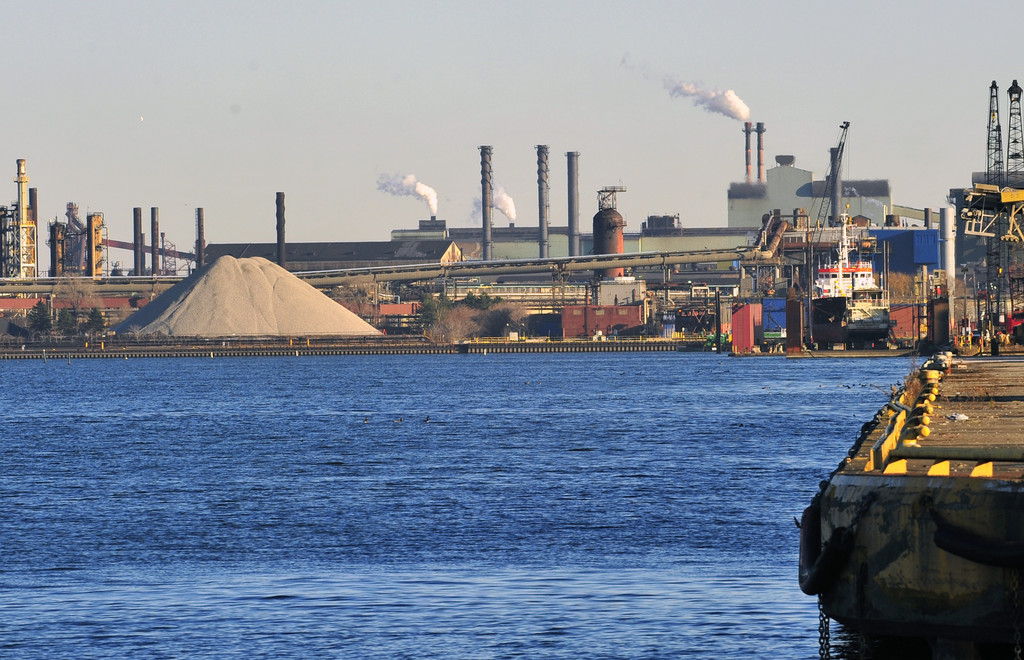
The 2012 Great Lakes Water Quality Agreement requires the United States and Canada to identify Chemicals of Mutual Concern (CMCs) that the two countries agree are potentially harmful to the environment or human health as a result of their presence in the waters of the Great Lakes.
As a first step to meeting this commitment, Canada and the U.S. proposed the following chemicals as candidate CMCs in February of 2014 (in alphabetical order):
- Bisphenol A;
- Chlorinated paraffins (alkanes) (including short, medium and long chain);
- Flame retardants (Polybrominated diphenyl ethers (PBDEs), Hexabromocyclododecane (HBCD));
- Mercury;
- Nonyphenol (NP) and its ethoxylates (NPEs);
- Perflourinated compounds (PFOA, PFCAs and PFOS); and
- Polychlorinated biphenyls (PCBs).
A CMC Identification Task Team consisting of experts from government, industry, environmental non-government organizations, and academia reviewed and evaluated existing data and information and drafted Binational Summary Reports for each candidate CMC. These draft Reports are available at the links below for public review and input.
- Binational Summary Report: Polychlorinated Biphenyls (PCBs)
- Binational Summary Report: Nonylphenol and its Ethoxylates
- Binational Summary Report: Mercury
- Binational Summary Report: Chlorinated Paraffins (Short, Medium and Long Chain)
- Binational Summary Report: Bisphenol A
- Binational Summary Report: Perfluorinated Chemicals (PFOS, PFOA and Long-Chain PFCAs)
- Binational Summary Report: Brominated Flame Retardants (PBDEs and HBCD)